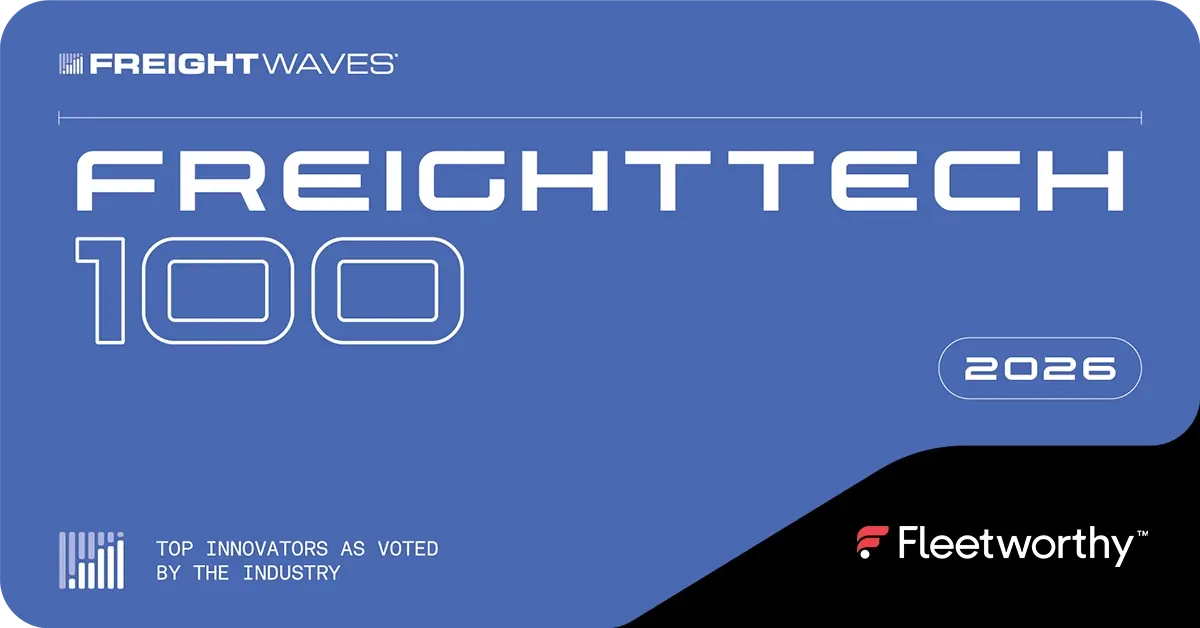The Department of Transportation regularly conducts their DOT audits to make sure companies are following all DOT and FMCSA regulations and safety guidelines. Since 2010, the number of DOT audits has increased, due in part to its implementation of the Safety Measurement System, which compiles data from all roadside inspections and weigh stations. The system then assigns a score to each carrier, and companies that have a high number of violations are most at risk for being audited.
DOT compliance audits take place with little to no advance notice, so it’s important for every carrier to make sure they’re always prepared. Keeping good safety and compliance records, all year long that have plenty of attention to detail, can help make the DOT audit go more smoothly and will help ensure your business passes the audit. In order to pass, your company needs to have a system in place that is always designed to keep you compliant. All the necessary information must be captured to help keep you organized and on track.
Who can be audited?
Companies operating solely in intrastate commerce are subject to applicable state regulations regarding commercial motor vehicles.
Any commercial carrier, driver, or vehicle involved in the transportation of property or passengers in interstate commerce, with a vehicle of gross vehicle weight rating (GVWR) or combination weight rating (GCWR) of more than 10,000 lbs., is subject to Federal Motor Carrier Safety Regulations (FMCSR).
What are the different kinds of DOT audits?
- Compliance Review – This DOT audit looks at how well you are following government regulatory processes and reviews your company’s safety performance.
- New Entrant Audit – This one and the Compliance Review are the two most common DOT audits. A new entrant audit is a safety audit that usually takes place within a carrier’s first 12 months of being in business. This audit is designed to make sure you are complying with all required safety regulations as mandated by Congress.
- Security Audit – This audit looks at your safety plan, driver training, and security measures.
- Hazardous Materials Audit – The DOT will review such things as training, policy, shipping documentation and labeling of hazardous materials.
What are the six inspection categories called factors in a DOT review?
- General
- Driver
- Operational
- Vehicle
- Hazardous Materials
- Accidents
Each these DOT audit factors is reviewed and rated Satisfactory, Unsatisfactory, or Conditional. The safety rating designations are described below:
- Satisfactory – This is the most desired designation. It means the FMCSA has determined the company has adequate safety management controls in place and is doing their best to comply with federal requirements.
- Conditional – This safety rating means that although the FMCSA found at least one violation and/or non-compliance with federal requirements, the company does not pose an imminent safety hazard. A company will not face an Out-of-service Order, but they may incur financial penalties. In order to remove this rating designation, the company must prove corrective action by submitting a “Safety Management Plan” deemed acceptable by the FMCSA.
- Unsatisfactory – This means the FMCSA has found serious violations and/or non-compliance with federal requirements that may cause safety hazards. In addition to financial penalties incurred, the company must prove corrective action by submitting an upgrade request or a “Safety Management Plan” deemed acceptable by the FMCSA within 60 days for property carriers or 45 days for passenger/hazmat carriers. If they fail to do so, they risk being placed Out-of-Service.
How do you prepare for an audit?
Having the right paperwork in place means that you don’t have to scramble when the DOT shows up for an audit. Paying attention to details can mean the difference between passing and failing an audit. A DOT review of your transportation safety program records and evaluation can be pain-free if your company’s management team understands the regulations to which they are subject and what records the DOT expects to see.
What are some important things to keep in mind when preparing for a DOT audit?
- Maintain good business record keeping.
- Have good truck driver hiring, work, and discipline policies.
- Show proof of consistent Hours of Service monitoring, auditing, and corrective actions taken in the event of logbook violations.
- Maintain good vehicle maintenance records including the DVIR, semi-annual inspection, and a preventative maintenance program.
- Establish a carrier safety practices plan.
What are some common DOT audit triggers?
- Crashes – Even one accident can alert the FMCSA to conduct a compliance review. Accidents that result in a fatality or serious injury can prompt the FMCSA to conduct a review with as little notice as possible.
- Activity – Roadside inspections resulting in “Out-of-Service” violations or any high CSA activity. The more roadside inspections that occur with violations, the more likely the FMCSA will want to conduct a compliance review.
- Failure of a New Entrant Safety Audit – Having a firm grasp on the regulations is the best way to ensure the is passed and the FMCSA won’t follow up with a compliance review later.
- Complaint – a complaint in writing must be addressed by the Agency.
- Follow-up – Past audit activity may deem another visit down the road to determine if the fleet has kept with procedures, they said they’d do.
What are some key violations that are considered “critical” in the eyes of the FMCSA and will cause immediate unsatisfactory or conditional rating and can lead to substantial fines?
FMCSA has about a 100 of the regulations deemed the most important to follow. The “List of Acute & Critical Violations” can be found in FMCSR Part 385, Federal Motor Carrier Safety Regulations.
- Many types of Drug & Alcohol Testing violations.
- Using a driver without a valid license.
- Using a driver who has been deemed medically unqualified.
- Operating a CMV without the required level of insurance.
- Failing to maintain HOS records.
- Operating a vehicle deemed “Out-of-Service” during a Roadside inspection before the required repairs are made.
- Operating a CMV that has not undergone an Annual/Periodic DOT inspection.
- Falsification of records.
What are some simple Best Practices about audits?
- Prevent the audit – be DOT compliant and in control.
- Always be prepared .
- Exceed, don’t just meet, DOT regulations.
- Have controls in place for all the basics.
- Consider conducting mock DOT audits.
- Act quickly when problems are discovered.
- Fix high-risk problems immediately.
Compliance reviews, while nerve-wracking and time consuming, are the government’s means to ensure safe companies are on the roads operating around the motoring public. Let’s make sure your drivers get safely home every day and allow you to sleep at night. Utilize compliance review preparations to ensure your fleet has the proper procedures and activities in place every day, not just during audit prep.
Fleetworthy Solutions can assist with process optimization, mock audit, training, or other project that meets your needs to help accomplish this analysis.




